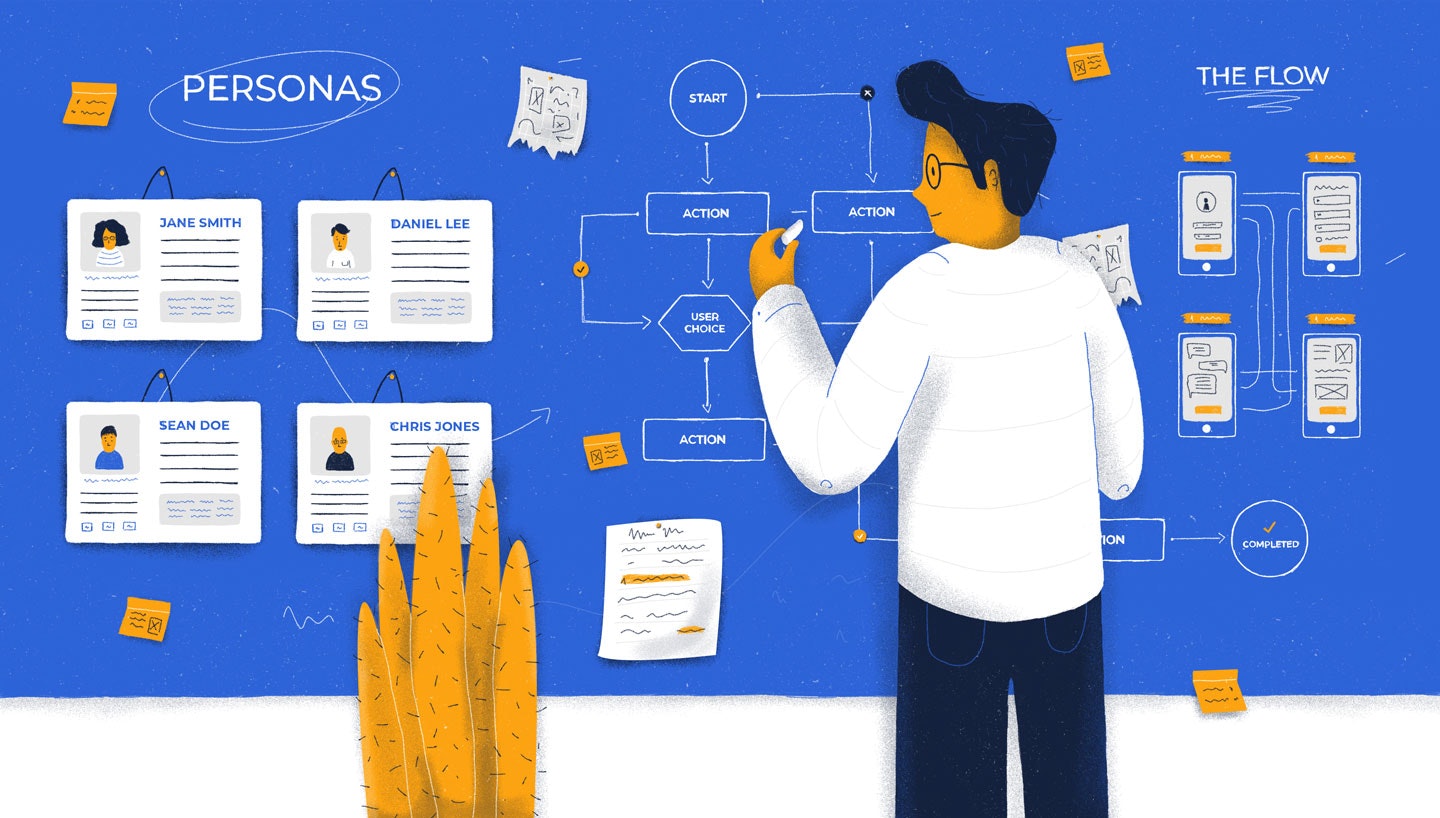Developing a product demands a good understanding of the audience you're going to cater to. But UX research is what makes this knowledge to another level. As a result, it will have a stunning effect on your bottom line by cutting expenses and skyrocketing your chances for success.
Unfortunately, many startups choose to bypass this step. Some say that it's not worth the time and money, while others claim that they know their clients well enough. We're here to tell you otherwise.
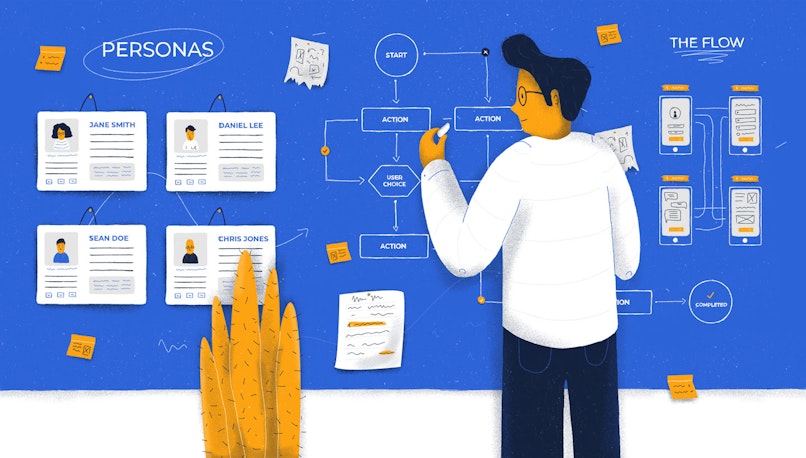
Hire World-Class UX Researchers
Let us empower your product decisions with data.
Contact usIn this article, we'll dispel misconceptions about the value of UX research and take a look at its benefits.
Let's dive right in!
So, what is UX research?
In a nutshell, the UX research process entails putting a prototype in front of a group of users and analyzing how they interact with it. This is a great way to validate the design choices you've made, as well as find flaws in your product's usability.
During these tests, study the users' behavior while they're interacting with the product. Encourage the participants to express how they feel about it.
(Wrong) Reasons not to conduct UX research:
It's too expensive
A common misconception is that UX research is absurdly expensive and time-consuming. In fact, there is a broad spectrum of techniques and UX testing methods that can help you decrease its costs.
If you're a small organization and are strapped for cash, there's no reason that you can't recruit your friends and family. This will allow you to have a broad outreach while keeping your costs low. What really is expensive is making product decisions blindly.
We know our users well enough
Here's an interesting question: How do we learn stuff about our users? Businesses generally use analytics and A/B tests to outline their buyer/user personas. While these practices help us learn things about our customers, they are reductive in nature. Poor data can fuel wrong beliefs about our users.
Simply knowing that a person prefers A over B tells us little about how they feel about a product. The best way to actually understand them is to let them speak their mind. This is why UX research is the foundation of a good product, able to compete in the modern business ecosystem.
Users don't know what they want
It's worth mentioning that this statement isn't entirely false. Of course, not all users are developers or designers. But UX research isn't about asking them how you should build your product. Rather, it's about understanding their needs and experiences.
It is our responsibility to identify their "wants" and translate those into viable solutions. This is the exact reason that studying user behavior is crucial. Otherwise, we risk building a product in an echo chamber, driven by false consensus.
The benefits of research:
See your users in action
By observing a user perform a task, you can learn what frustrates and confuses them. Having a "clean" design often isn't enough to make navigation easy.
Most of the people reading this are tech-savvy and can figure out how to use just about any UI. But UX teaches us to be inclusive and compassionate. It is our responsibility to ensure a smooth and frictionless experience for everyone.

This is why UX research can be eye-opening. There is no limit to the breadth of insight you can gain from paying close attention to your users. In practical terms, usability testing is the major practice when it comes to observing users in action.
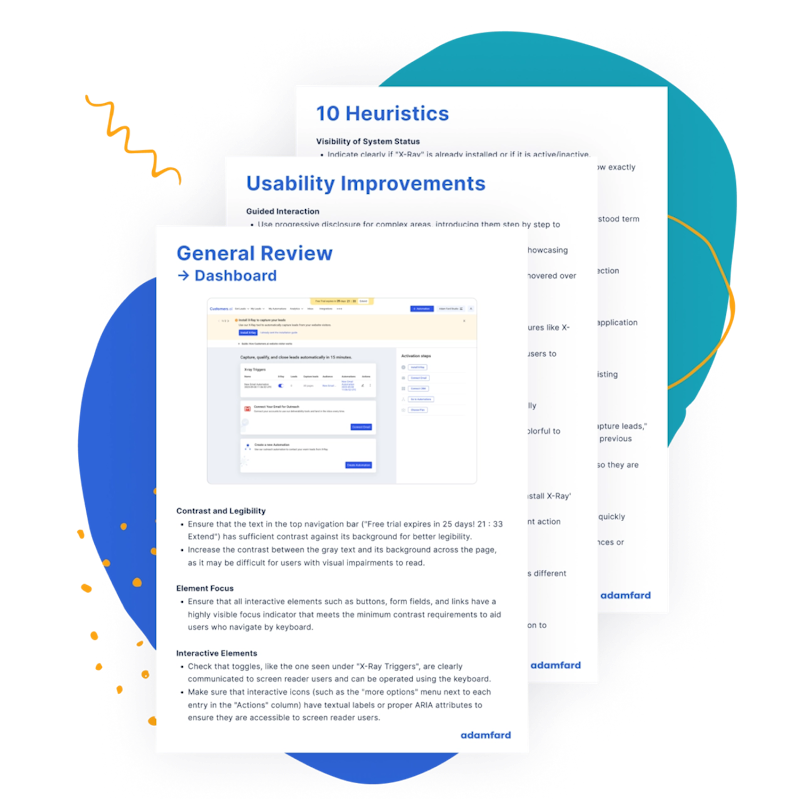
Get an express UX Audit. Done in 24 hours.
Submit designs. Get a review the next day. It's that simple.
Try nowCheck your personas for accuracy
We build businesses on beliefs about our customers that are backed by data and psychology. UX research is an excellent way to put our assumptions to the test and spot inconsistencies. Studying our customers allows us to create more detailed and relevant UX personas.
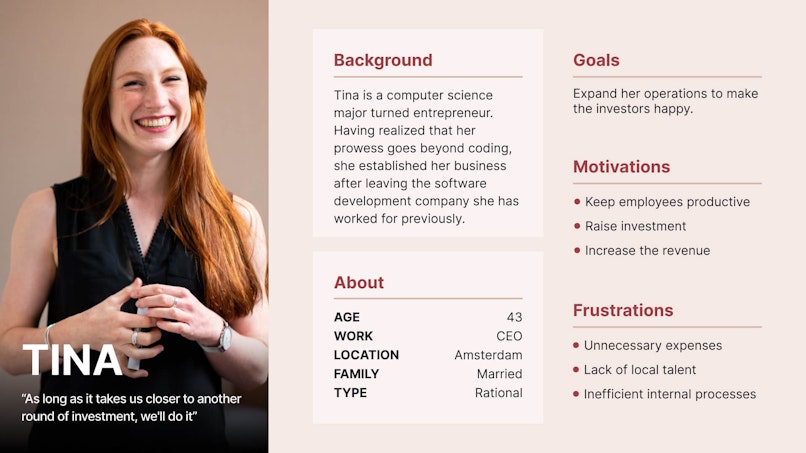
Having accurate user personas is a vital asset for the commercial success of a product. But personas become outdated over time. To better suit the needs of our customers, their profiles need to be updated regularly. User research is a great tool to keep them relevant.
Significantly increase your chances for success
An in-depth understanding of your users can tell you how to create a product that suits their needs. You can:
Create designs that help users complete tasks effortlessly.
Create products that are enjoyable to use.
Identify early adopters.
Understand how your product compares to your competition.
Reduce your development expenses.
Failing to hit even one of these factors can pose a serious threat to your product's commercial success.
Cut unnecessary spendings
According to Usability.gov, half of the time invested in development accounts for rework. Businesses regularly waste vast amounts of money on avoidable issues.
UX research is a surefire way to get a clear vision of the product you need to build. It prevents you from making mistakes based on unfounded assumptions. As a result, this could save your company a great deal of money.
Facts about ROI
The jury's still out on the precise ROI of UX, but there's no doubt that it's an investment that will benefit your business. An article published by The UX Fund indicates that companies that allocate money for UX research do better than the ones that don't.
There's a host of established businesses that have seen astounding results from investing in UX.
After a recent redesign, Walmart has seen a 43% increase in the number of online sales. Bank of America's online registrations grew by half after improving their site's usability. Such transformations are only possible when products are built with users in mind.
Effective company registration can be a game-changer for startups and businesses aiming to establish or expand their operations. This process demands a thorough understanding of your audience, much like UX research does when developing a product.
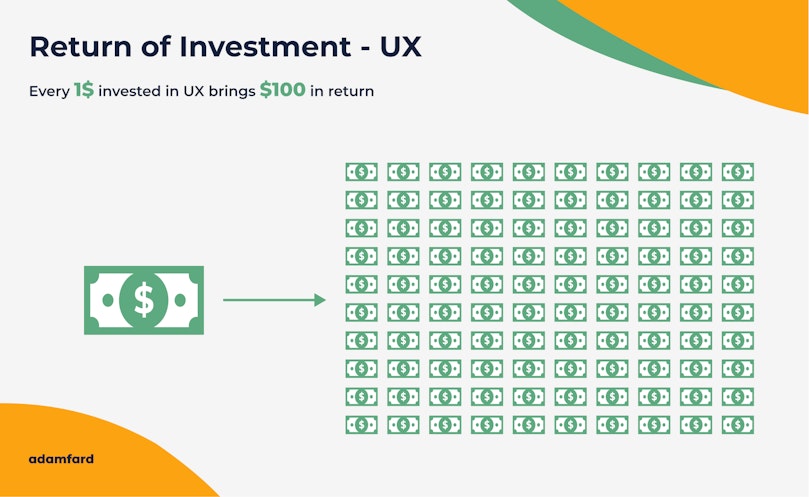
The conventional wisdom states that for one dollar invested into UX you get a hundred in return. To be fair, this claim has been made a long time ago. In 1992, in his book Software Engineering: A Practitioner’s Approach Robert Pressman claimed that mistakes cost $1 to solve on the design stage, $6 – on the coding stage, $15 – on the testing stage, and $60-100 after launch. While we personally have no doubts about the potential UX yields, you should be aware that the math behind this truism is a little shaky.
Research on a budget
Studying your users doesn't necessarily have to cost an arm. Below, we've compiled a few techniques that will help you uncover crucial insight about your users without leaving a dent in your budget.
Try nano research. You can conduct a study with just a few participants. It's suitable for simple products created for general audiences.
Go online over offline. Not forcing people to leave their homes will decrease the costs of the research.
Recruit loosely. There's no need to invest too much time into looking for the "right people." That’s not only expensive but also unnecessary if your product doesn't aim for a specific audience.
Do real-time testing. The Nielsen Norman Group's website has an excellent post about how you can conduct a live-intercept study.
Conclusion
The better you understand your customers, the more successful your product is bound to be. This is more than an assumption: It’s a trait of the business environment we’re in. Over the years, UX research has turned from a “nice-to-have” into a vital part of a successful venture.

